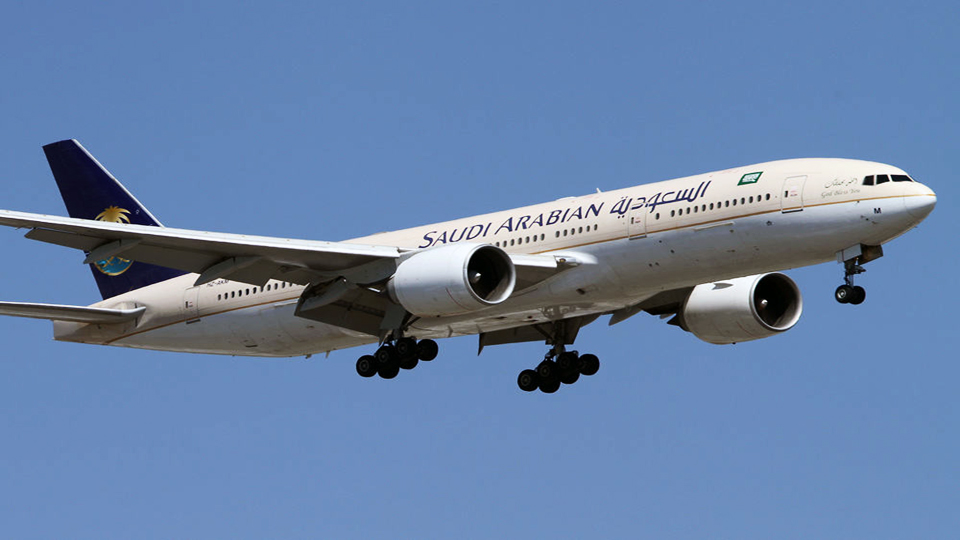Saudia becomes largest airline of Middle East this summer

Saudia Arabian Airlines (Saudia) has become the largest airline in the Middle East this summer, overtaking Emirates and Qatar Airways. All credit goes to its big domestic network, even robust amid the coronavirus pandemic.
Saudia now has 158 aircraft, of which 103 are widebodies and 55 are narrowbodies.
Saudia became the largest in the Middle East based on analysing planned seat capacity for every airline in the region based on schedules supplied by the carriers to OAG.
The top five are as follows: Saudia - 20.36 million round-trip seats this summer, Emirates - 19.88 million, Qatar Airways - 18.69 million, Etihad Airways - 7.26 million, and Flydubai - 6.41 million.
Despite a travel ban from 20 countries, Saudia has emerged from third place in summer 2019 (S19) to first by overtaking Emirates (which was top and is now second) and Qatar Airways (formerly second and now third).
This was helped by much bigger cuts at the UAE and Qatar carriers: Emirates is down by 52 per cent while it’s 33 per cent for Qatar Airways. In contrast, Saudia has reduced by ‘only’ 26 per cent.
Saudia’s pole position is all about its large domestic network – something that other carriers do not have. And it remains relatively strong, down as it is by a mere 7 per cent. Indeed, the carrier’s expansive domestic operation means it is also the Middle East’s top airline by total flights, although it slips to third if available seat miles are considered.
Saudia plans to serve 34 countries on a passenger basis this summer, down from 41 in S19. Domestic service now accounts for over six in ten seats.
Its top-five countries are as follows: Saudi Arabia - 12.51 million seats, Egypt - 1.36 million, United Arab Emirates - 1.10 million, Pakistan - 960,000, and India - 744,000 while Bangladesh is sixth with 527,000.
Jeddah remains Saudia’s main airport for international flights, although the gap between it and the country’s capital, Riyadh, has reduced significantly. In the pre-pandemic era, Saudia had always been clear on how it wished to develop a ‘true’ hub-and-spoke system at Jeddah. The inauguration of terminal one in September 2019 with 45 contact stands and an initial capacity of 30 million passengers was key to this.
Source: bangladeshmonitor.com.bd
